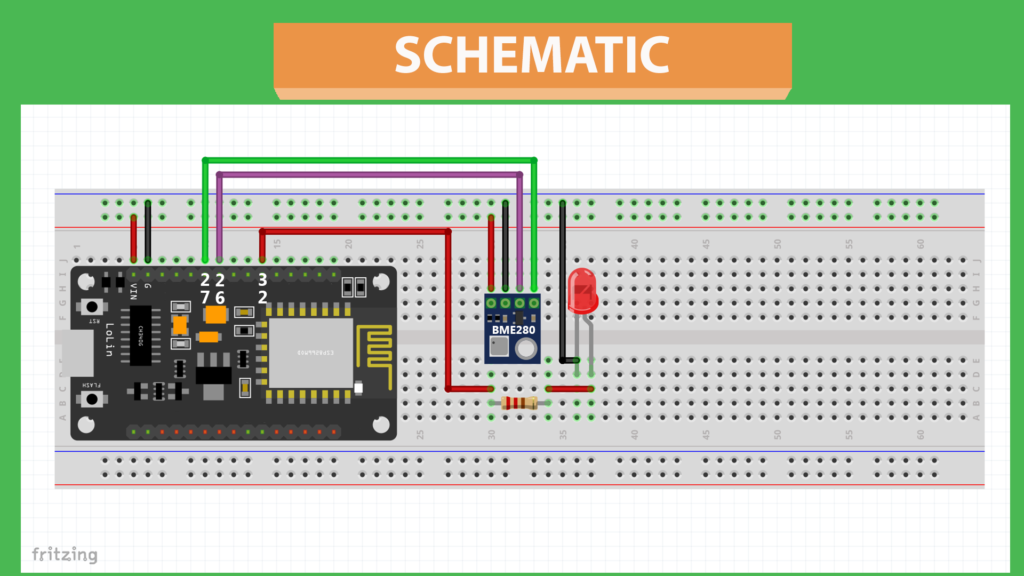

If you start with a fresh SVG and have all the settings for the document set to mm the results are mm. If you check the SVG i uploaded you will see each pad size is 1.7 by 2.2 which is mm so I do not believe you are correct that is always saves in px. By default it starts and displays in px as well. Inkscape always saves in px, the other units in the gui are translated from px. I do not believe you did anything wrong simply that each time you edit an SVG it gets more transforms and if someone else made the SVG it could have had the wrong PPI so they then scaled it and then you edit it and use the correct PPI but their scaling now makes yours wrong etc. In your case there are no easy to find SMD gul wing 4 pad parts existing so making your own SVG was the only solution. This is the case with most footprints you will be looking for. In that case you open the part you found in the editor, save as a new part and change all the names and labels but leave the SVGs as they are (with the possible exception of the schematic which you may want to change the labels in the SVG). Like recently someone was looking for an Atmega1284 tqfp which is not in Fritzing but if you search for tqfp you will find some other part with a different name. But most parts out there have an equivalent footprint available and in that case you would only be changing labels. when characters arrive over the serial port.For each new part footprint you create not each new pcb you make. LiquidCrystal_I2C lcd(0x3F,16,2) // set the LCD address to 0x3F for a 16 chars and 2 line display * Displays text sent over the serial port (e.g.

This code will print what you have entered from Arduino IDE's serial monitor window to the second line on LCD screen. You must setup the library into your ~/Arduino/library folder first to run this code. I have attached the LCD I2C Serial Display Library that I found on web. īefore any further work, make sure perform test for response from I2C Hardware using I2C Scanning Code from previous post. Now, I found I2C LCD fritzing part at least. * Again, I can't find my ESP32 Do-it DevKit and GY-88 Fritzing parts, so I have used similar ones to draw. Set-up your cable connections as following fritzing connection image. Now, since the first I2C programming on ESP32 was done successfully, I decided to add more items to see what I can do with my ESP32 DevKit.


 0 kommentar(er)
0 kommentar(er)
